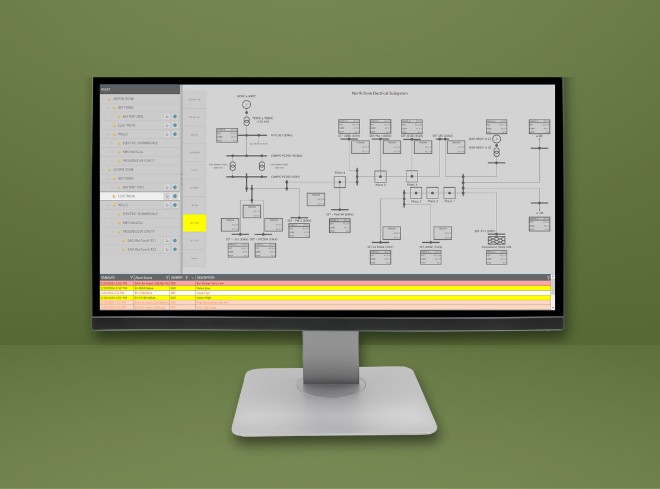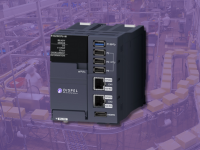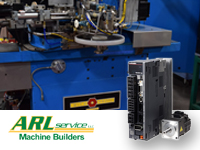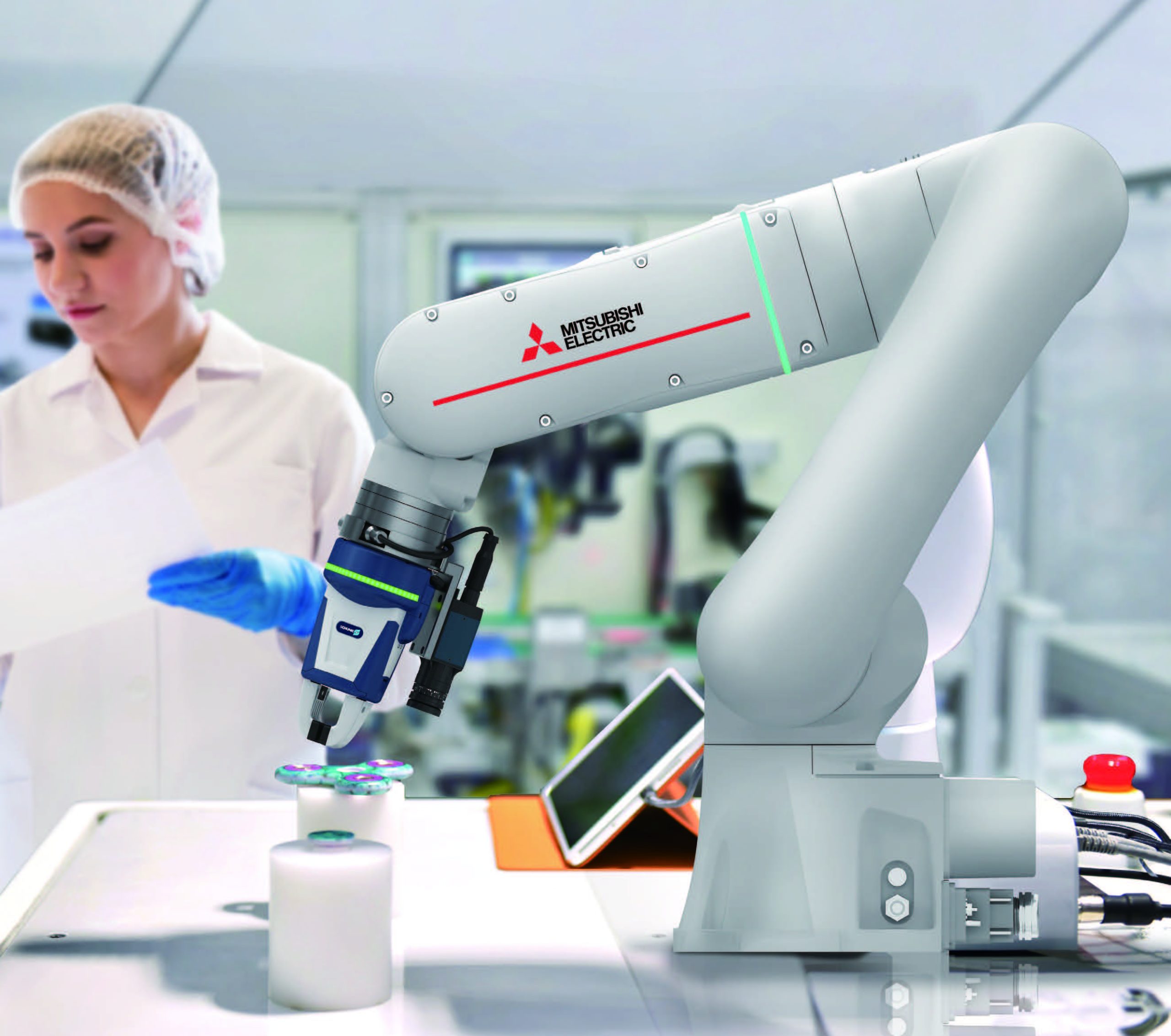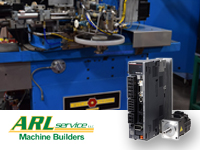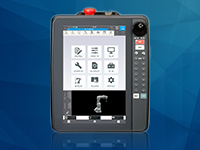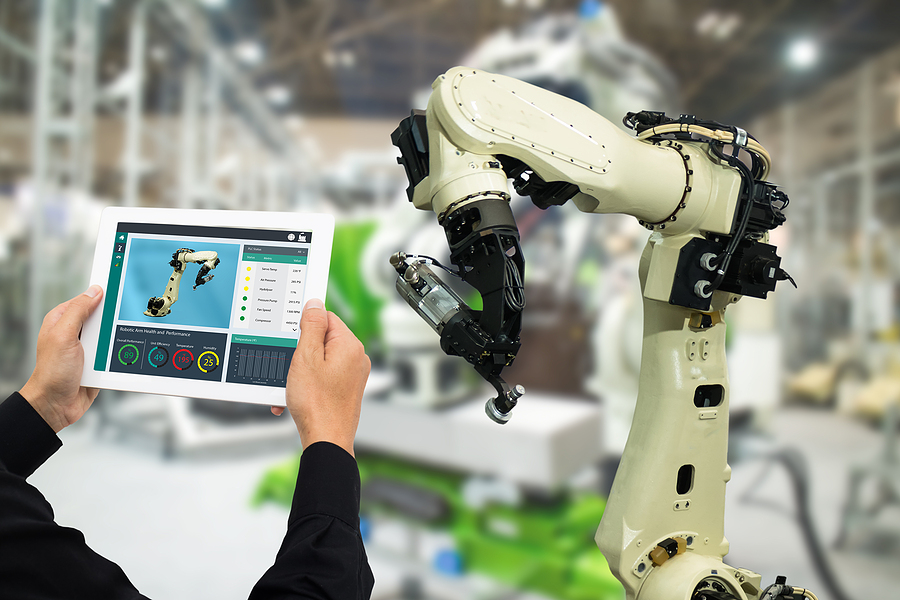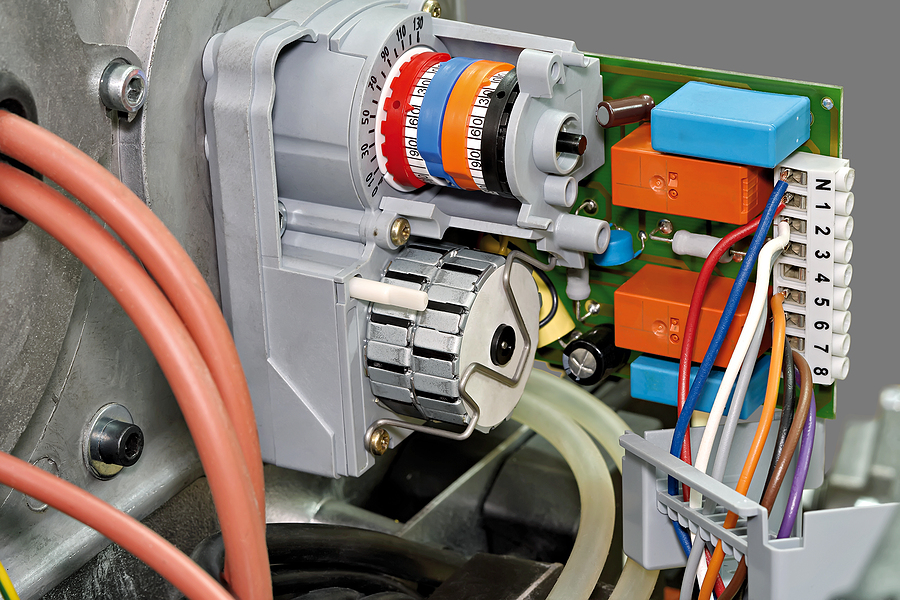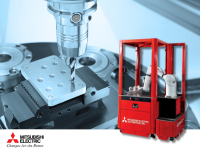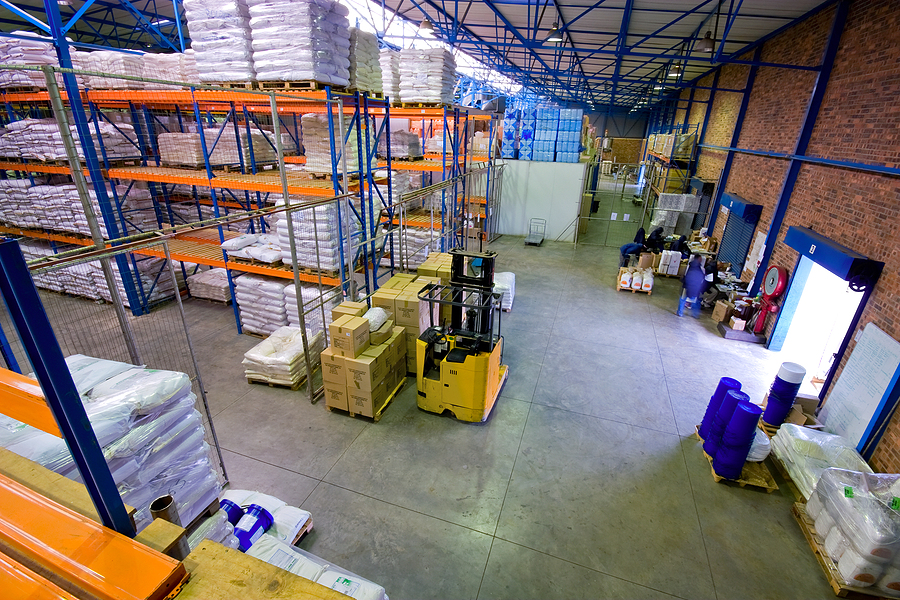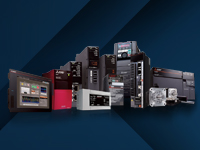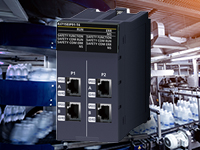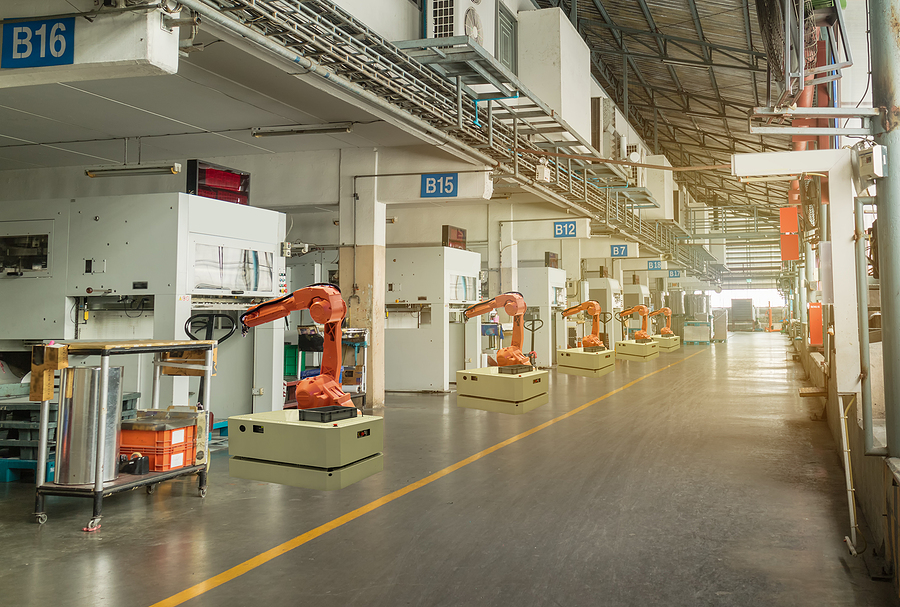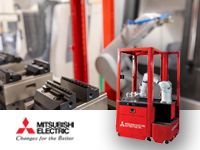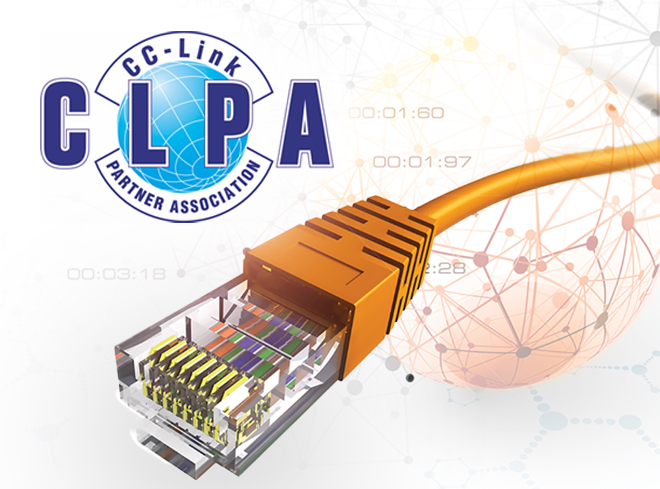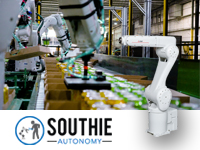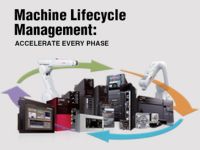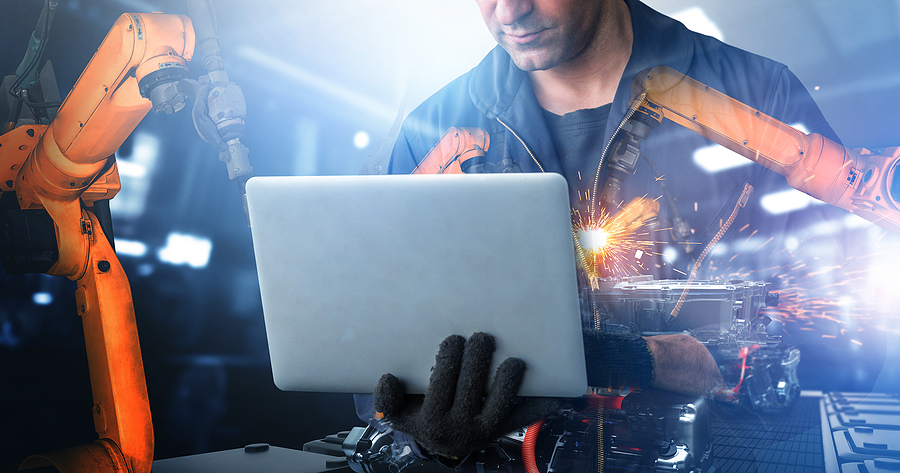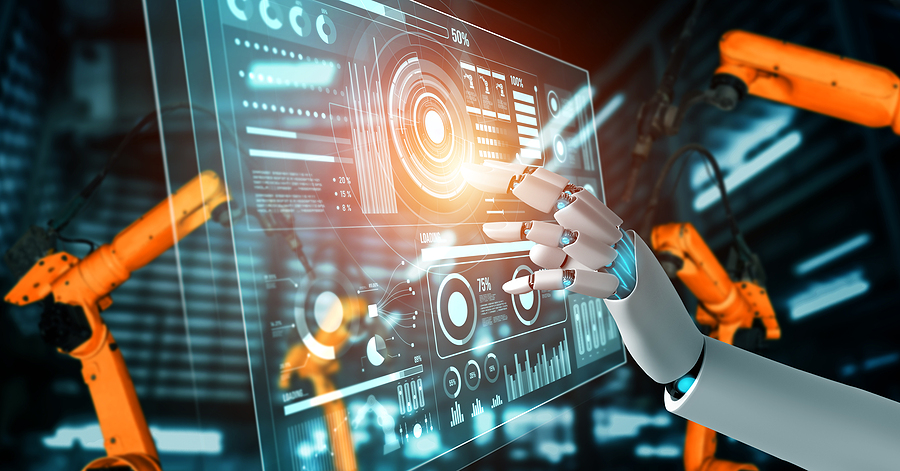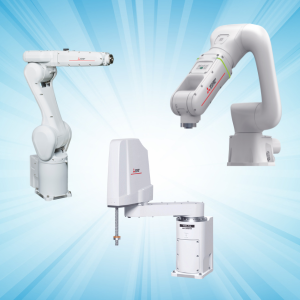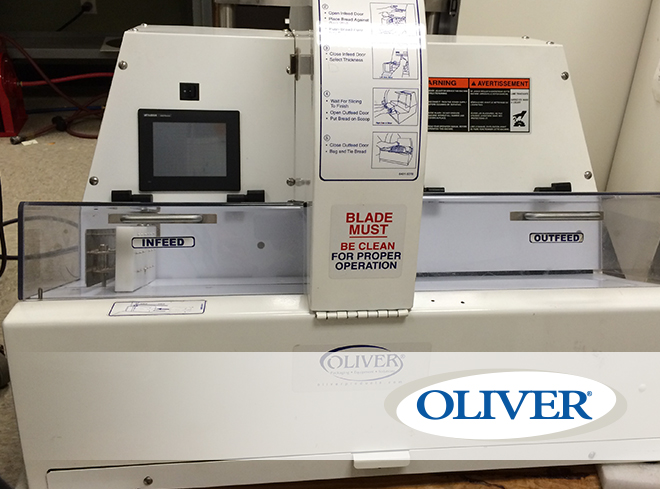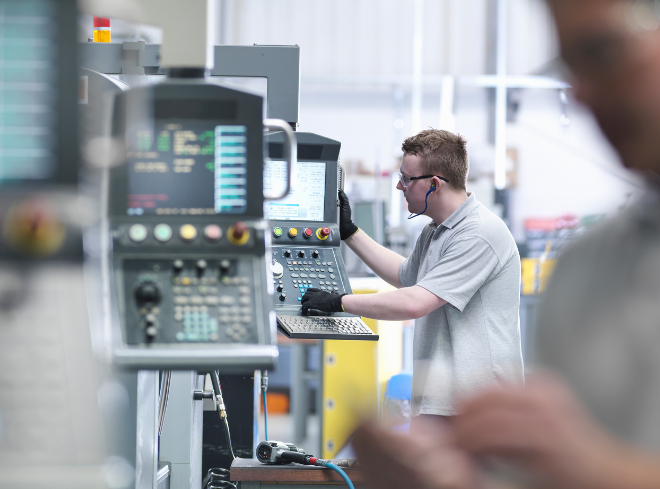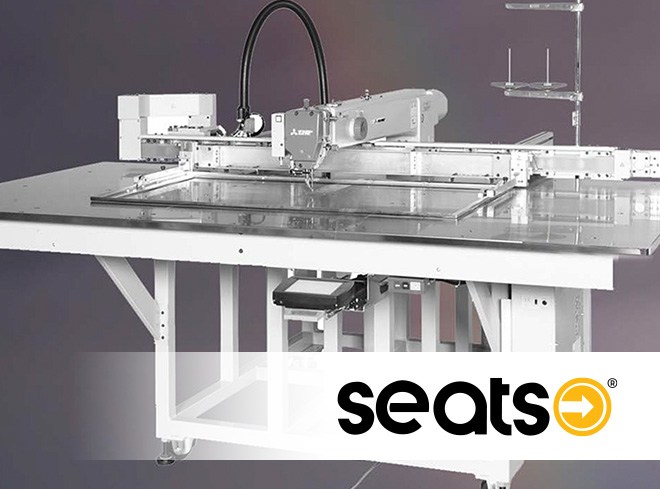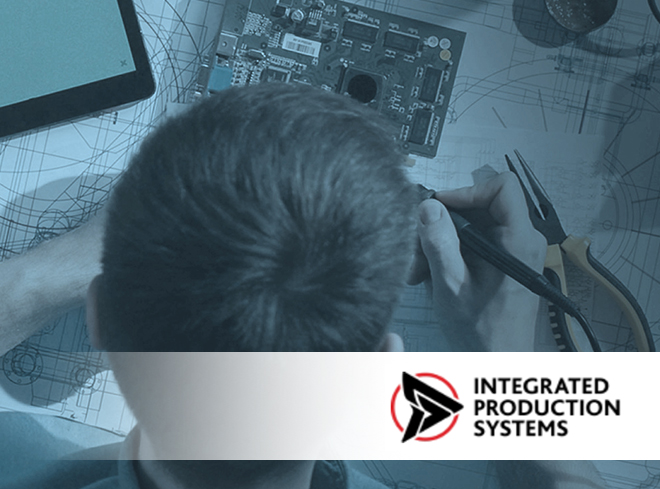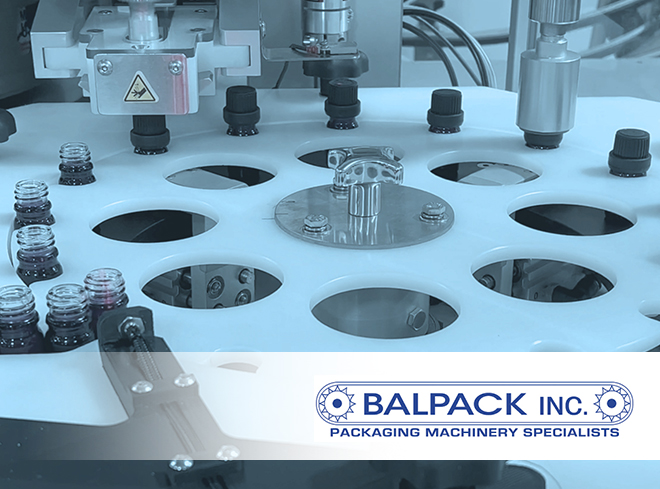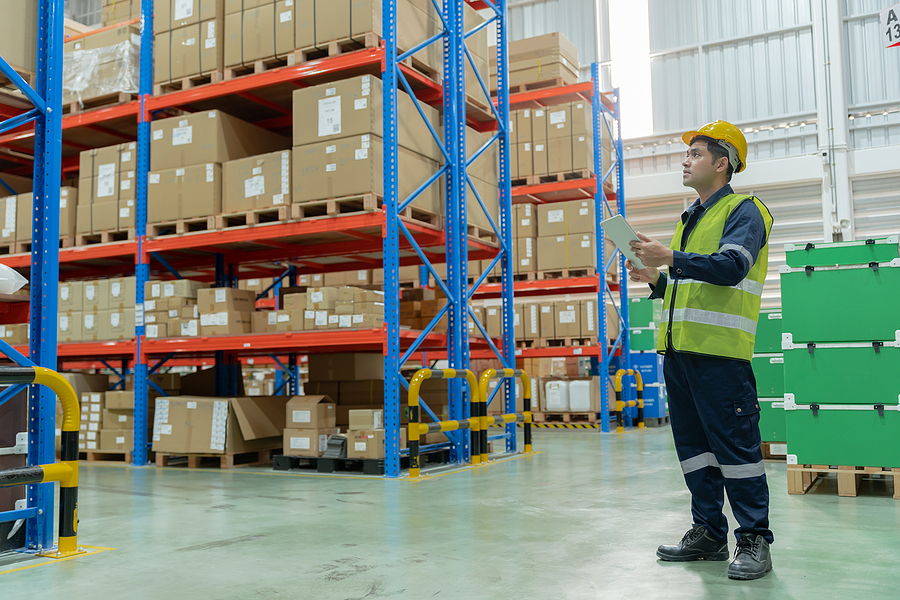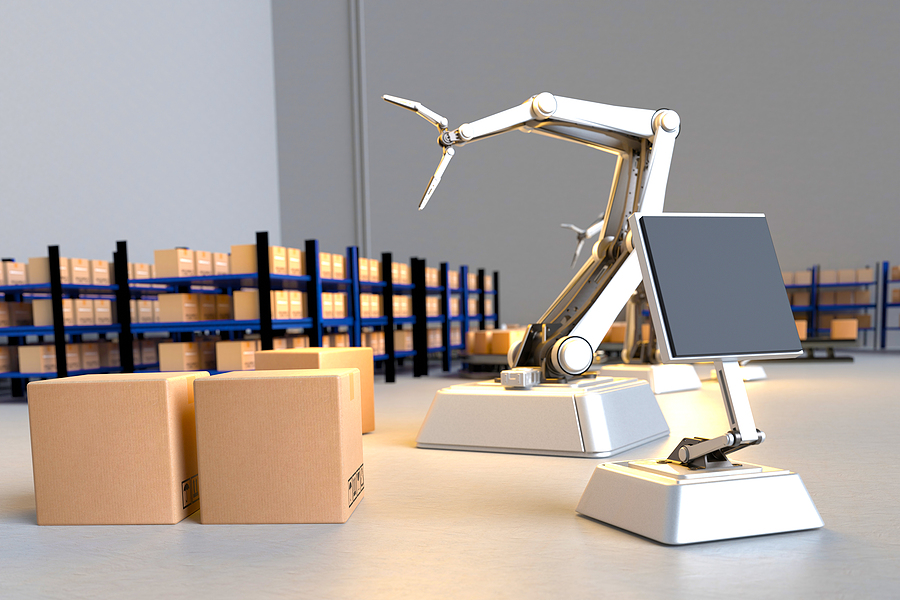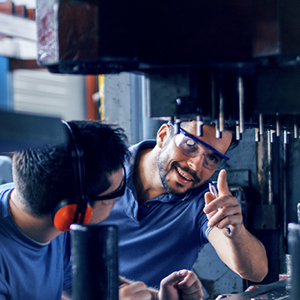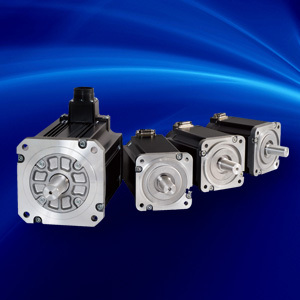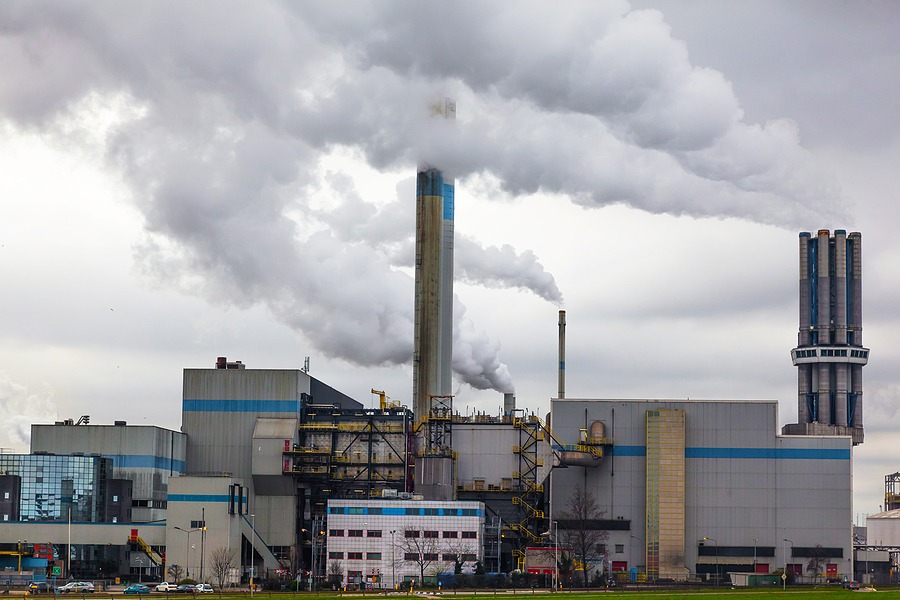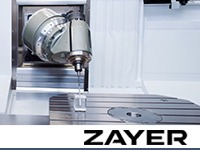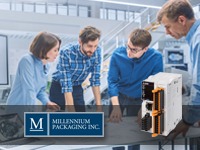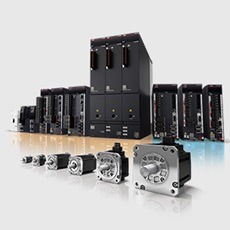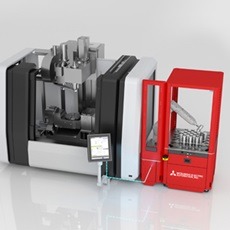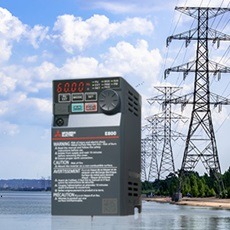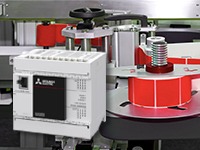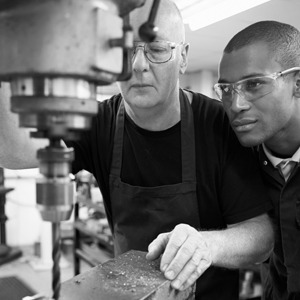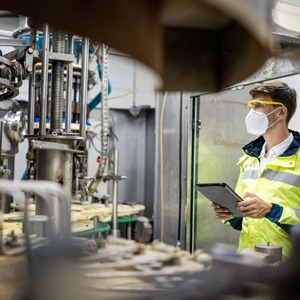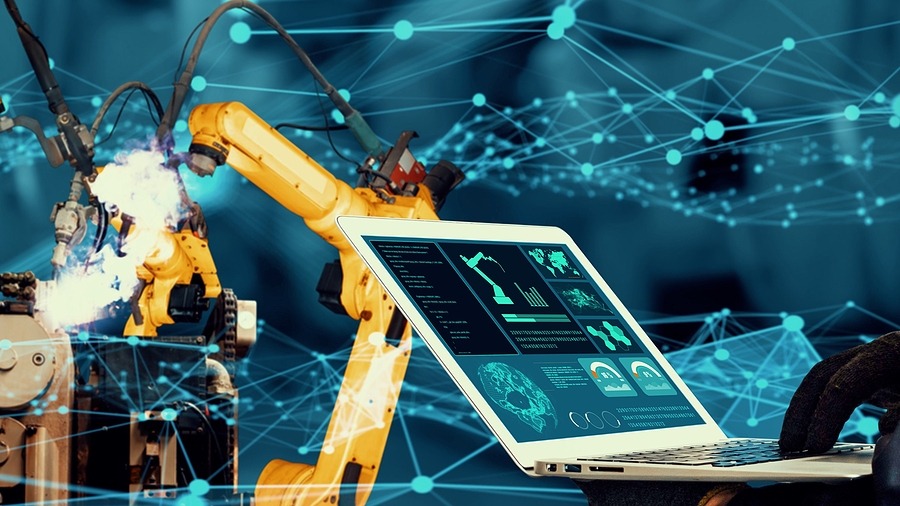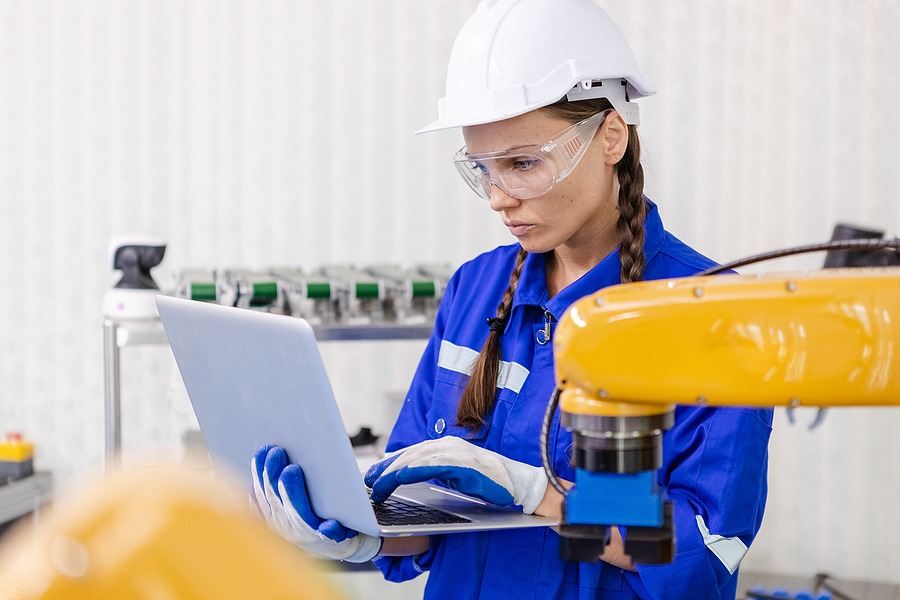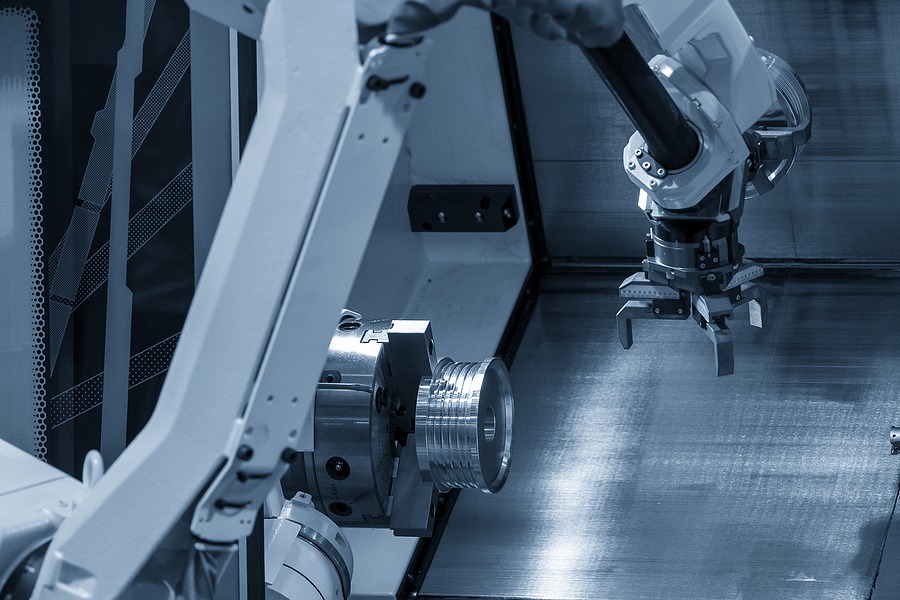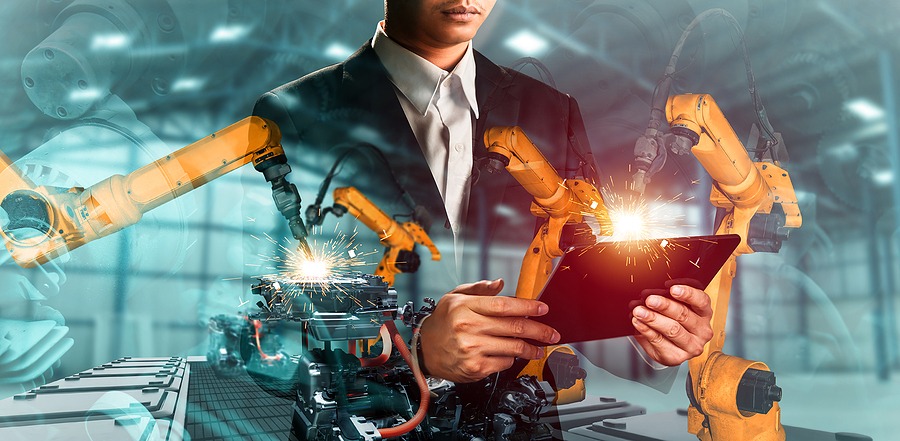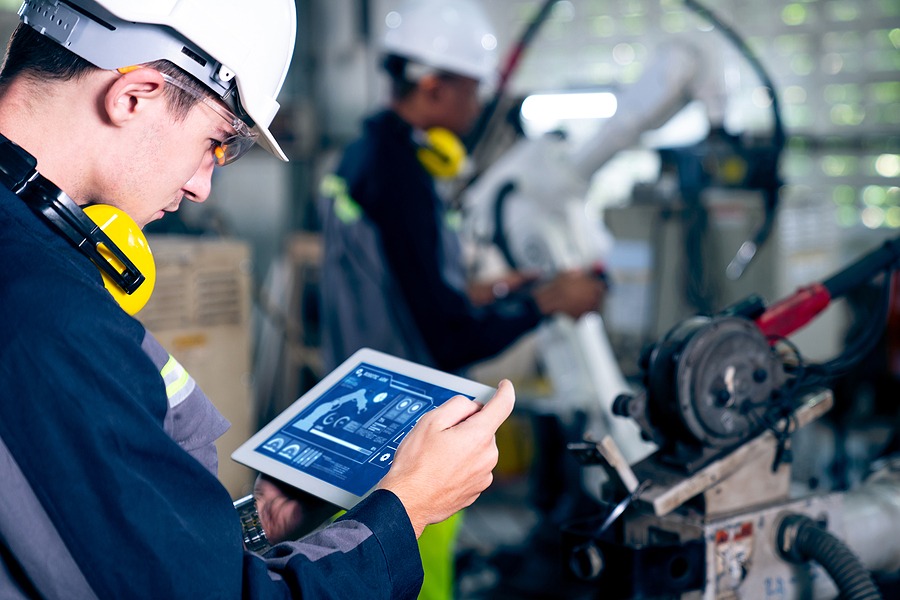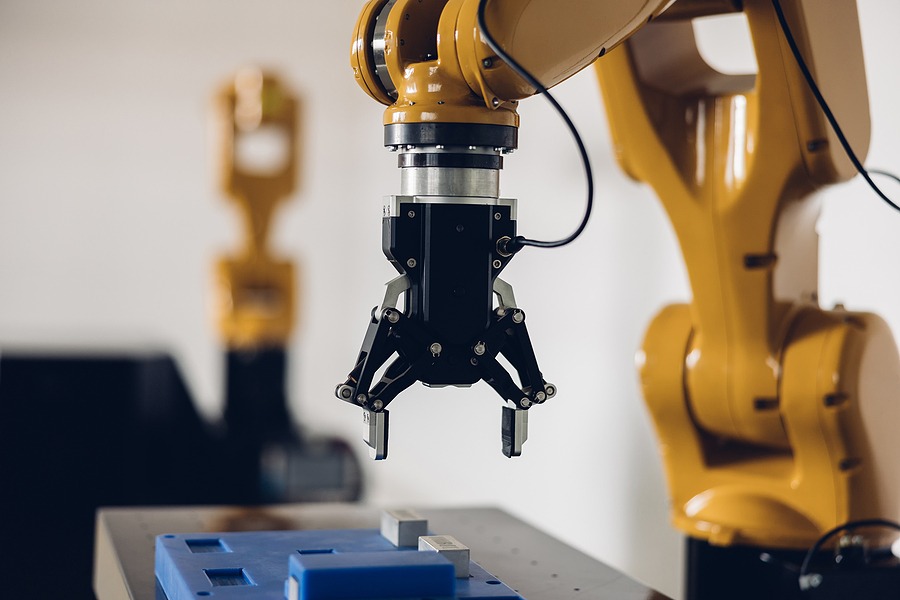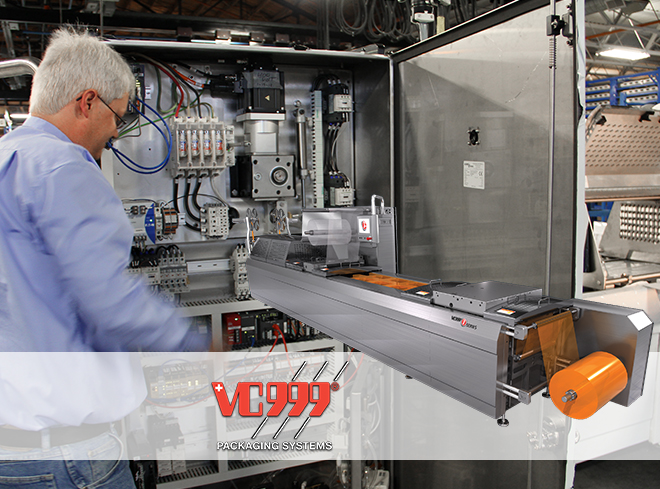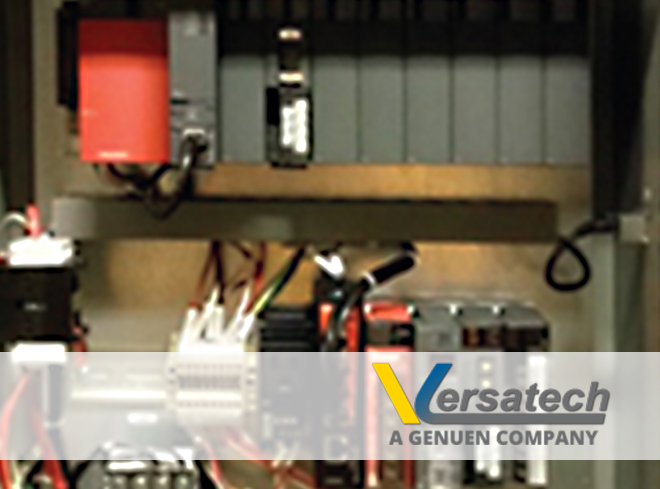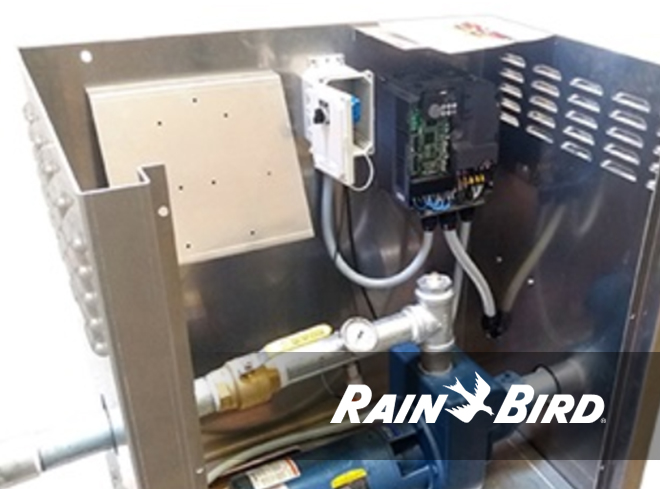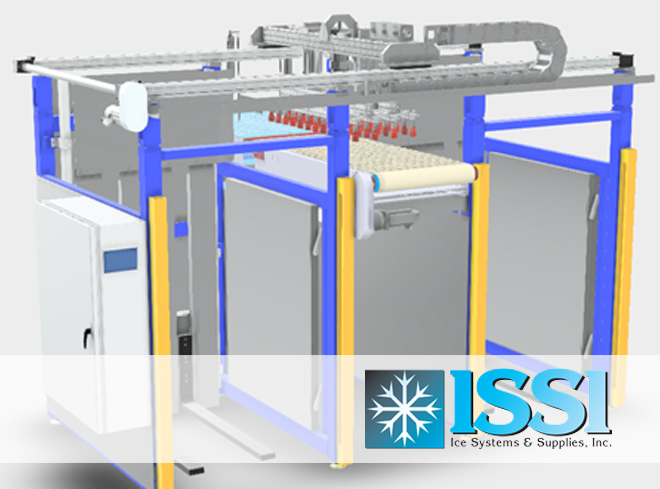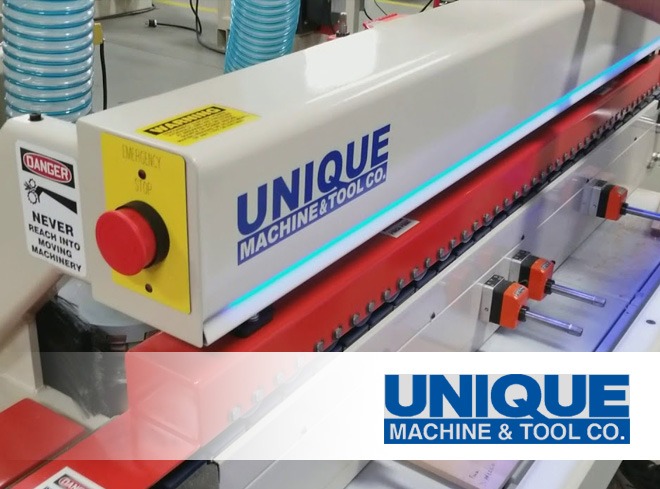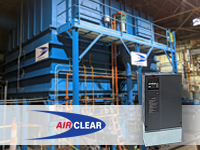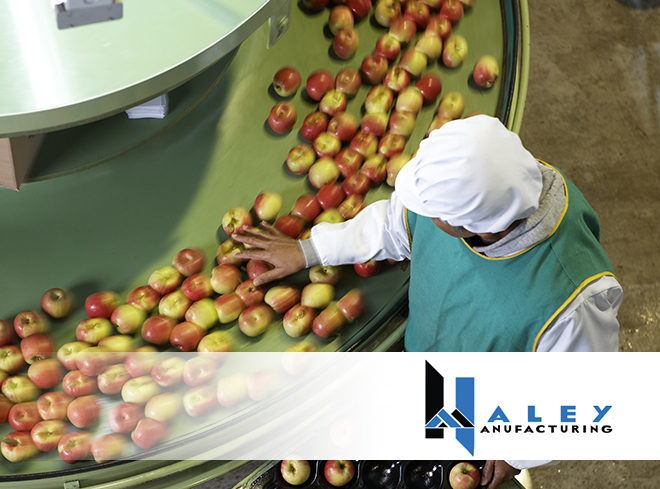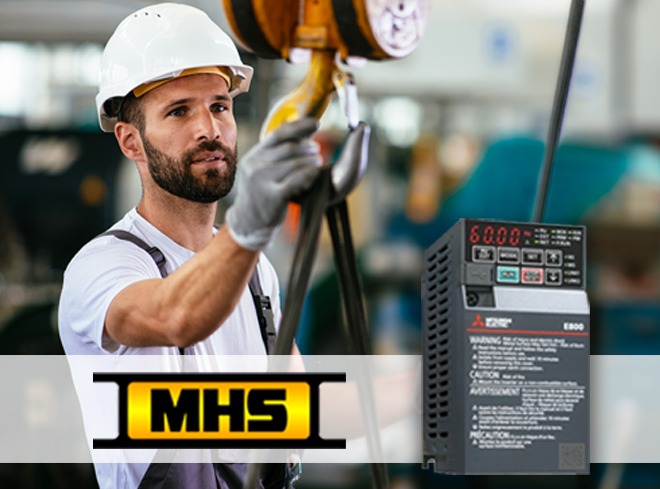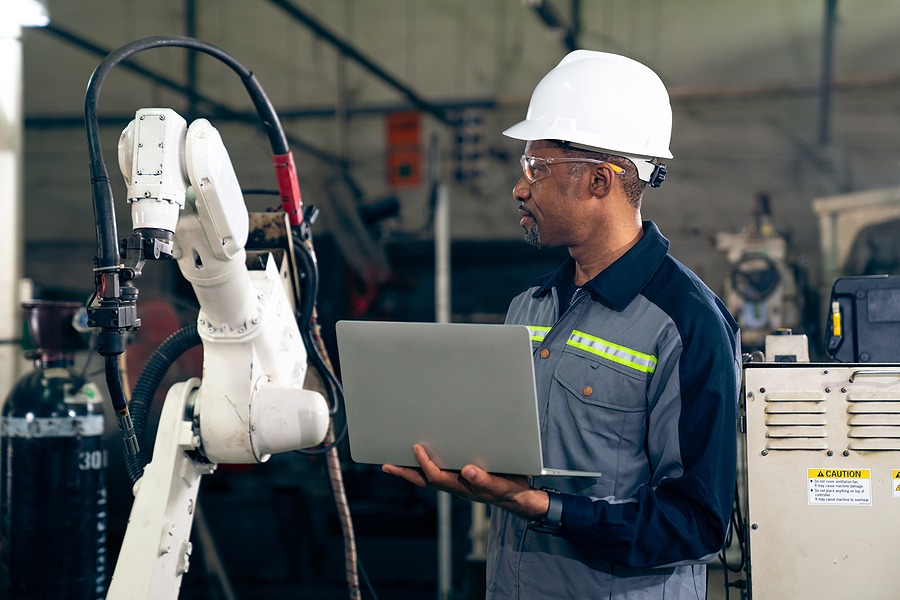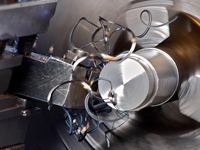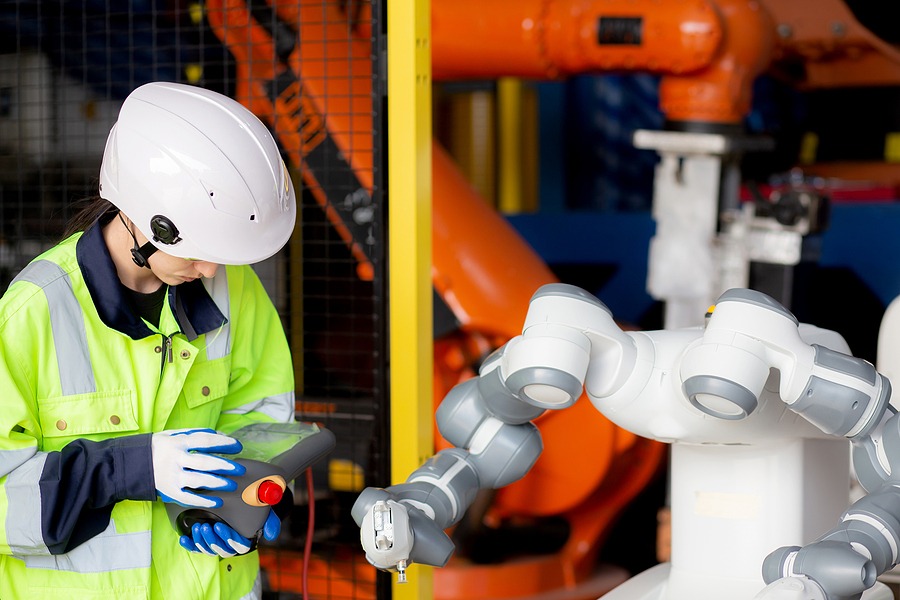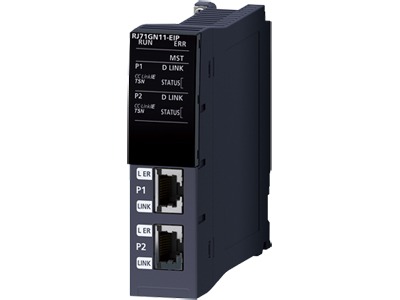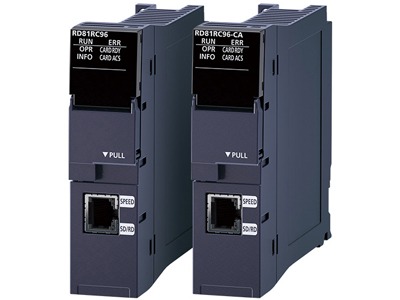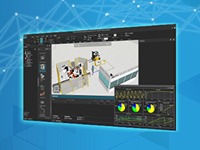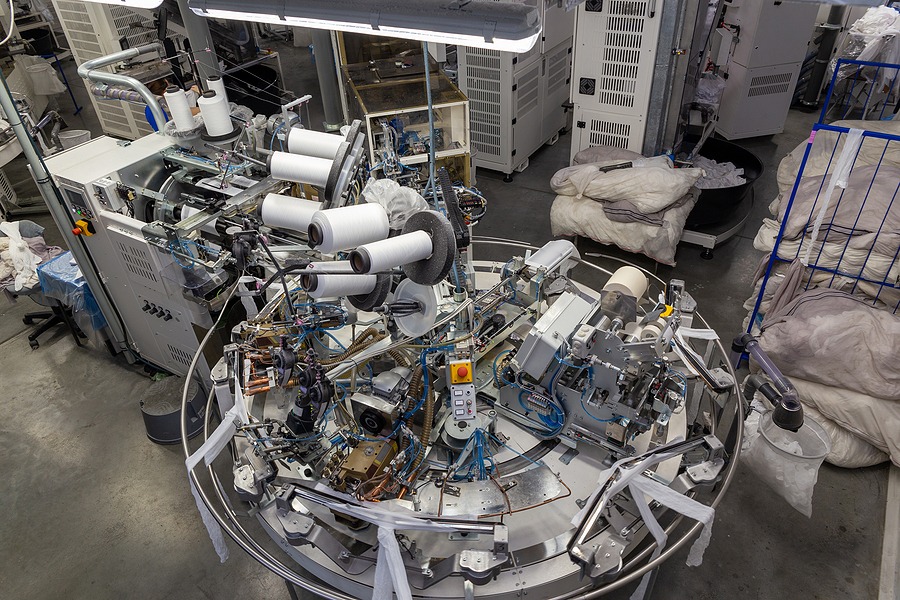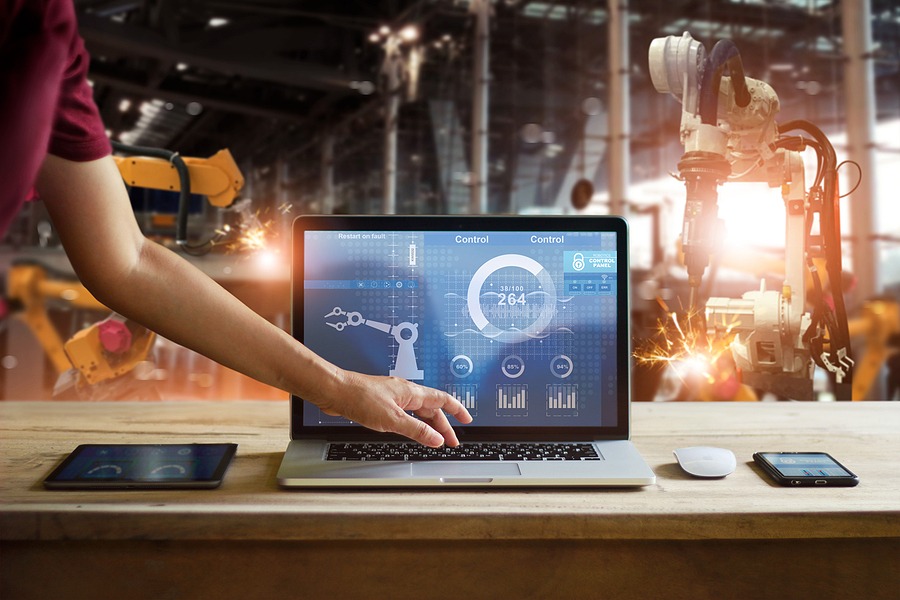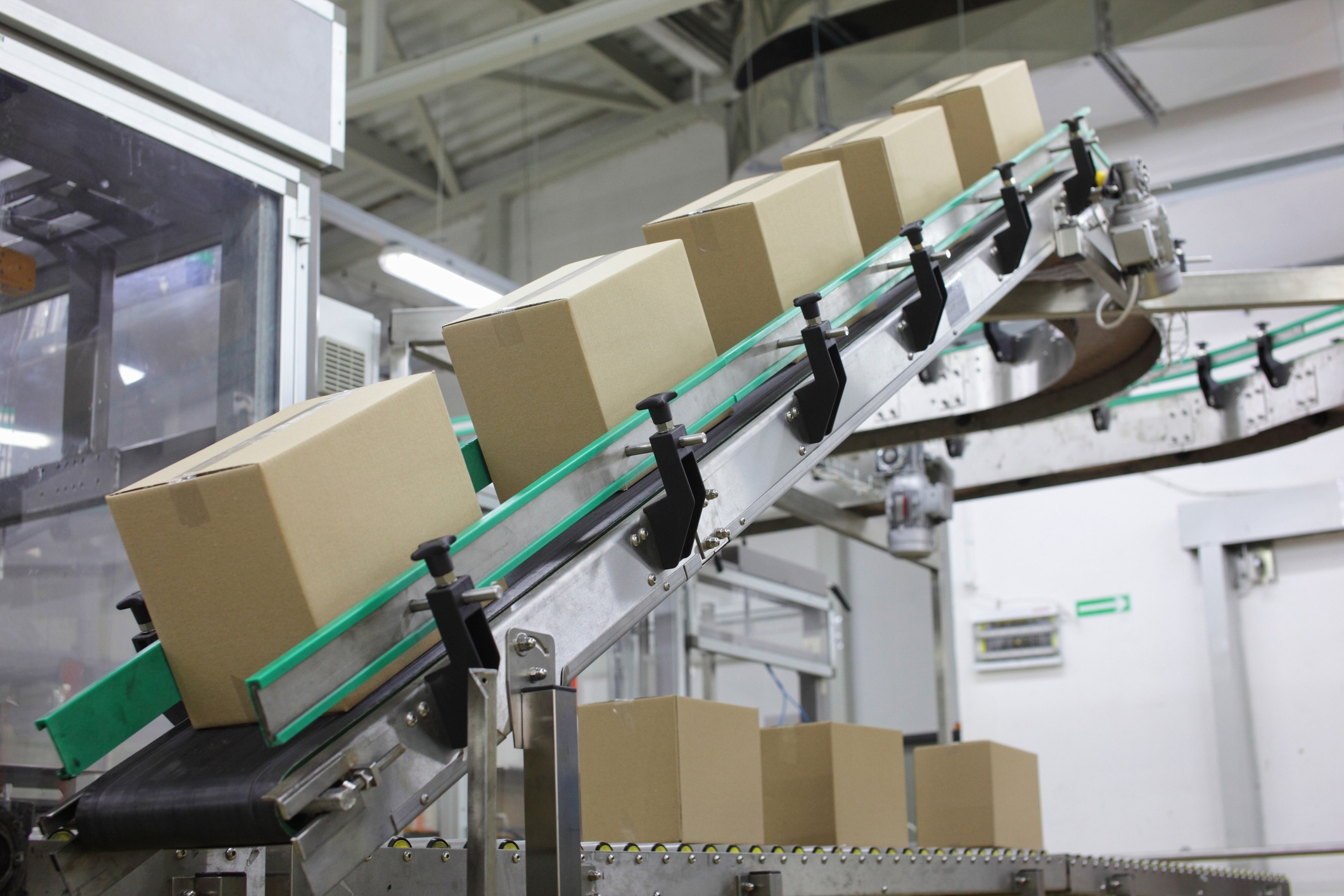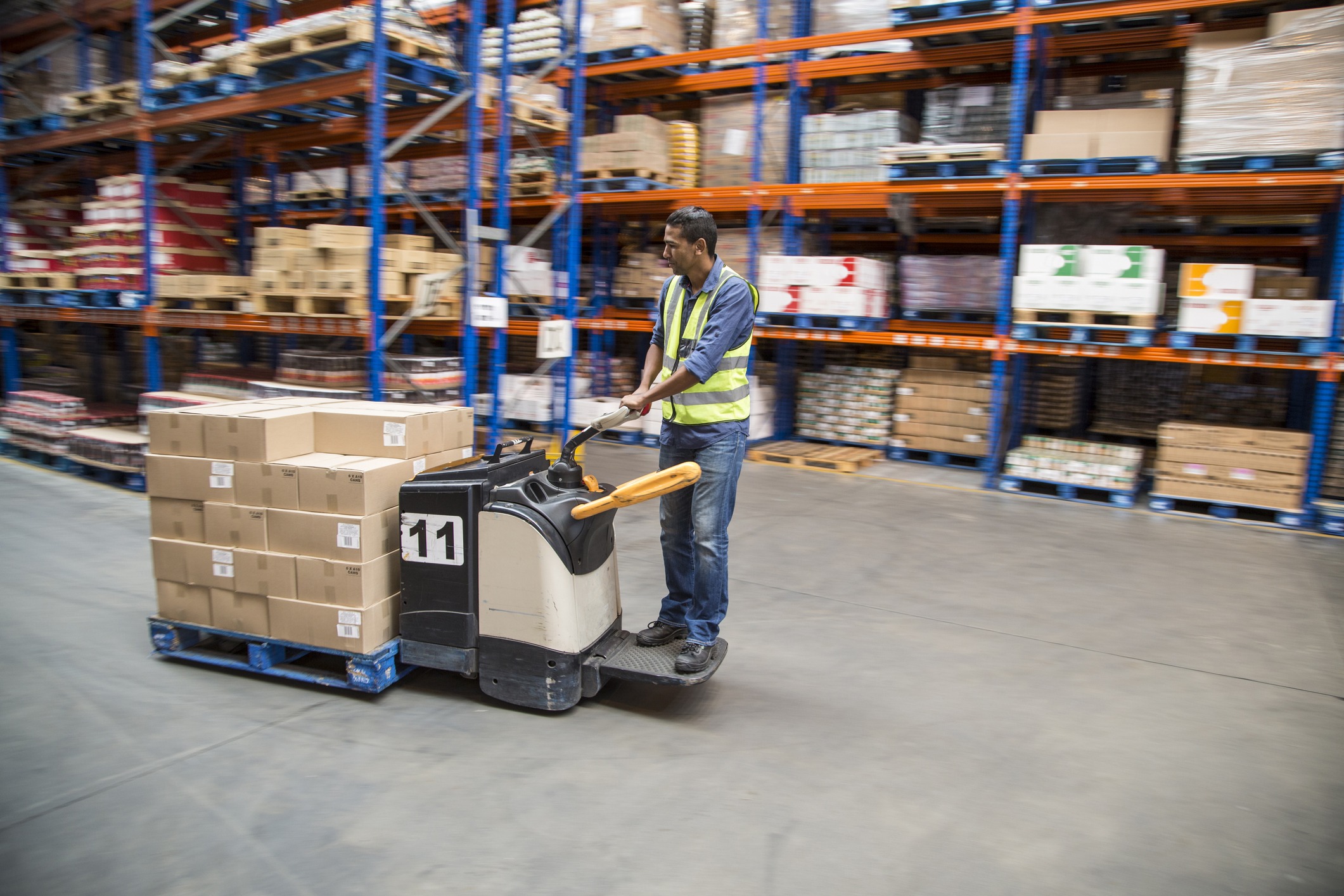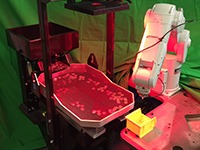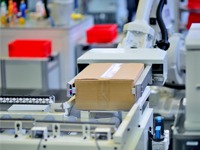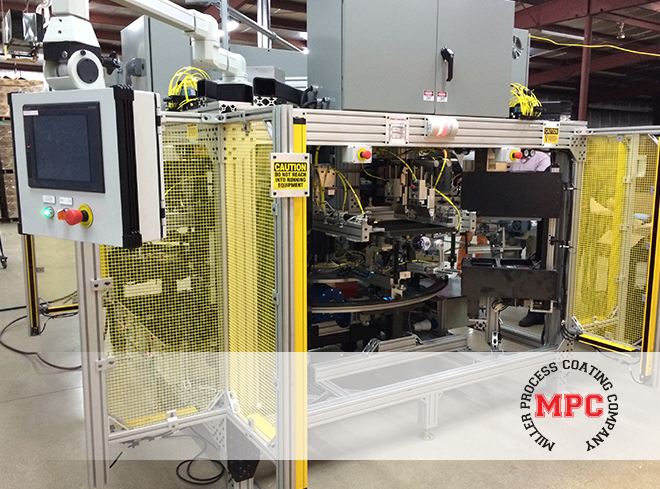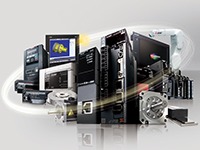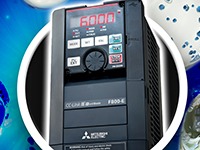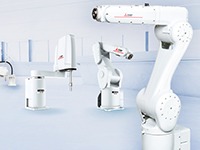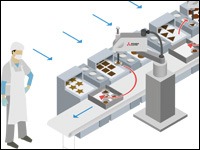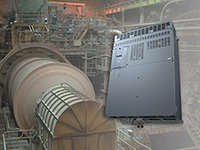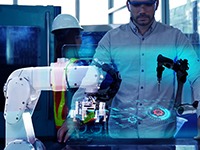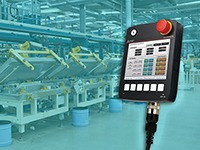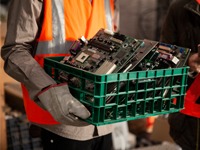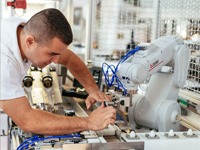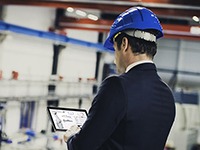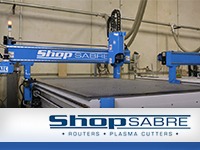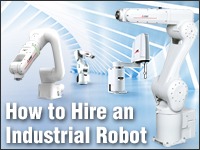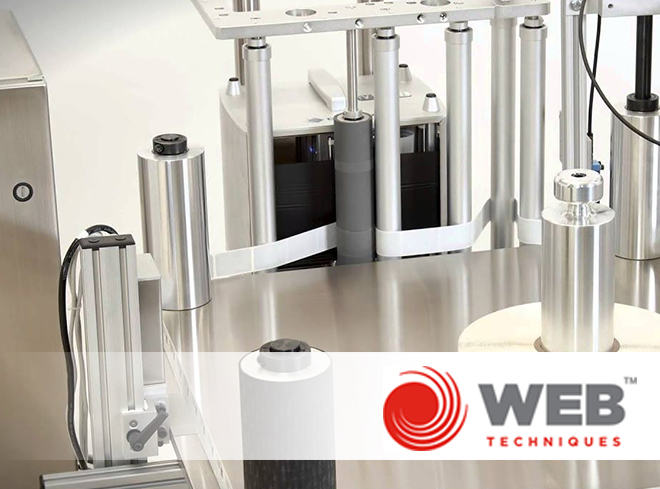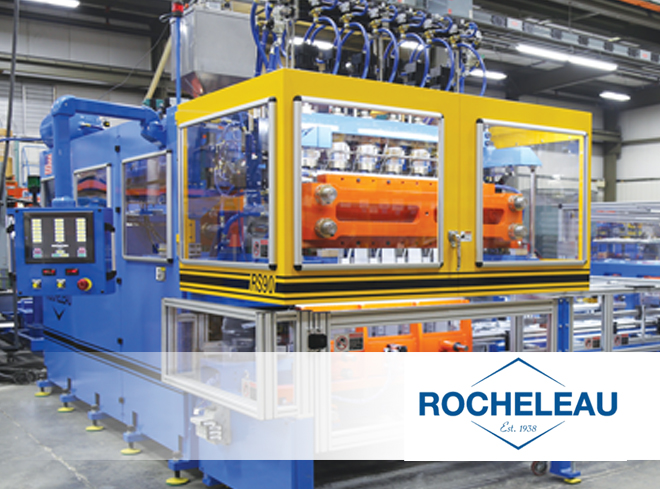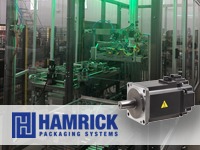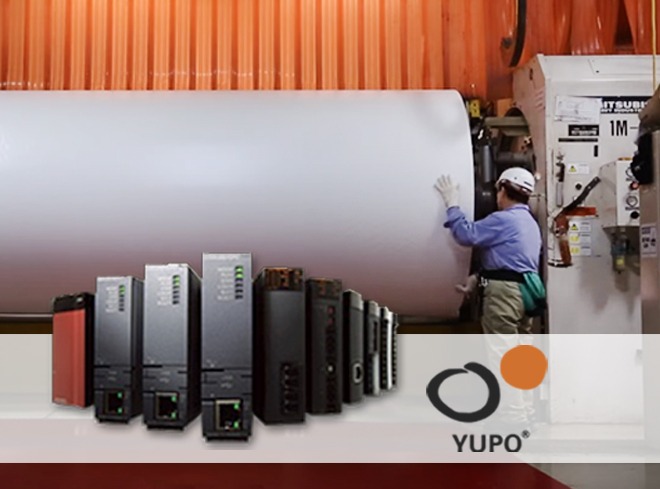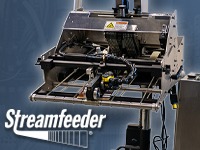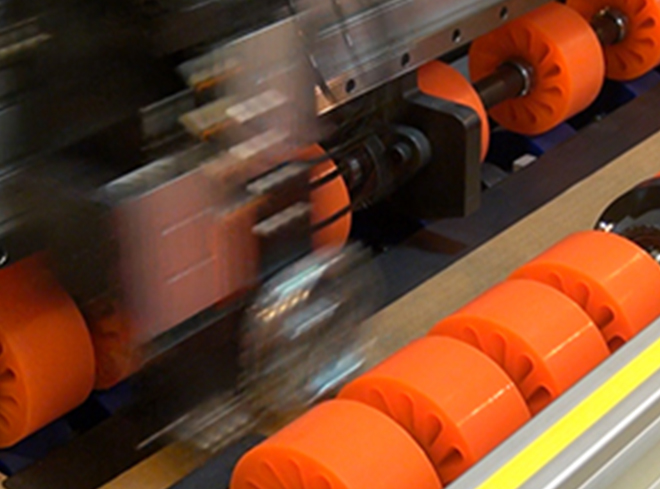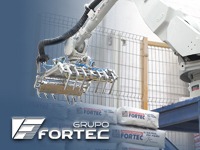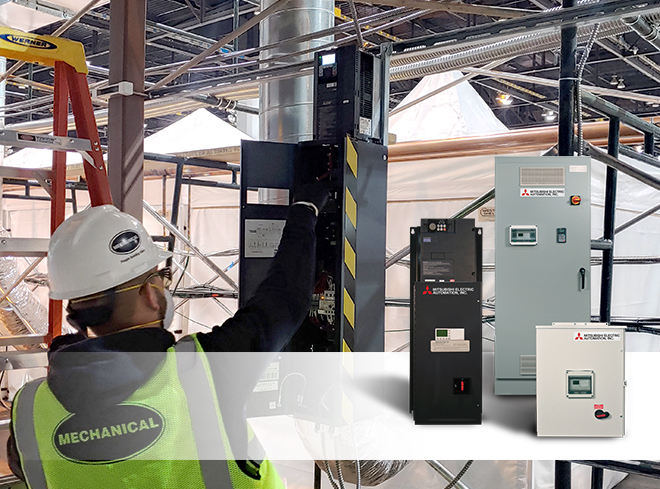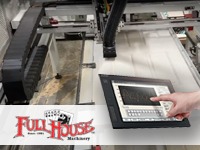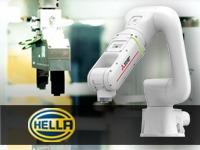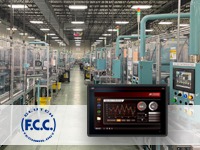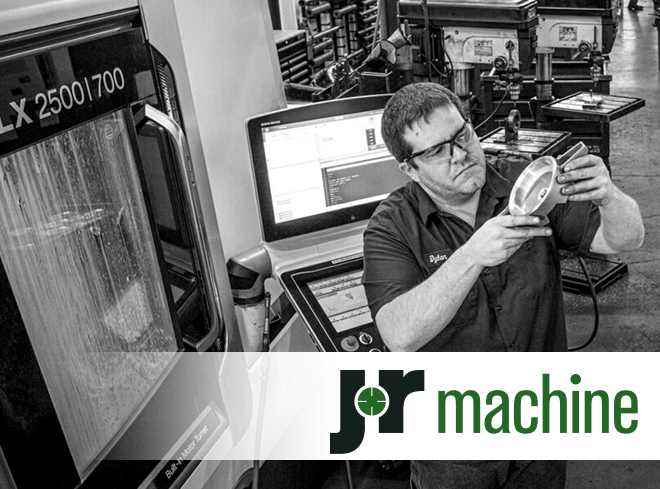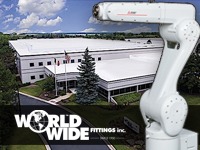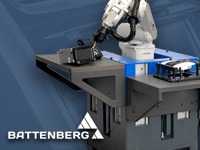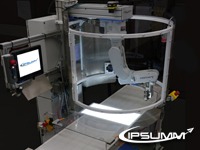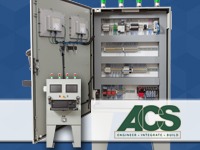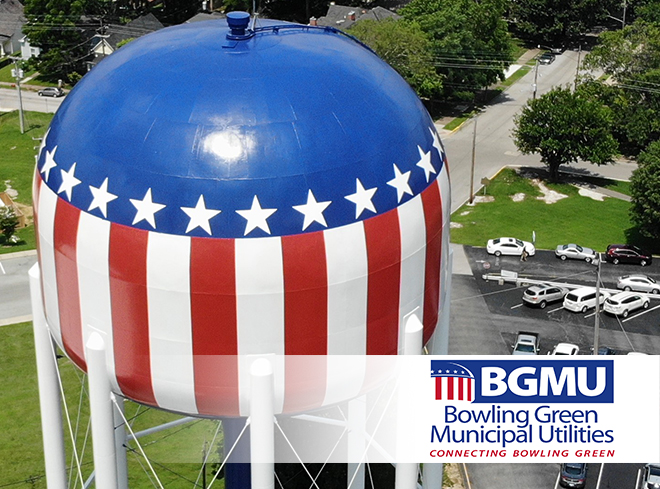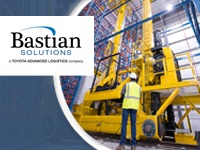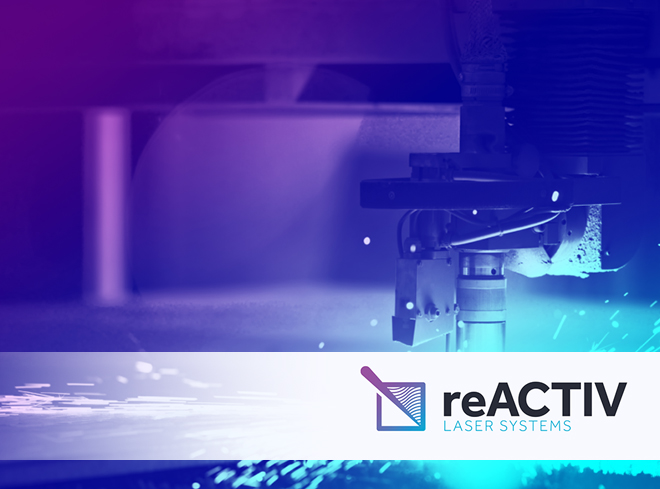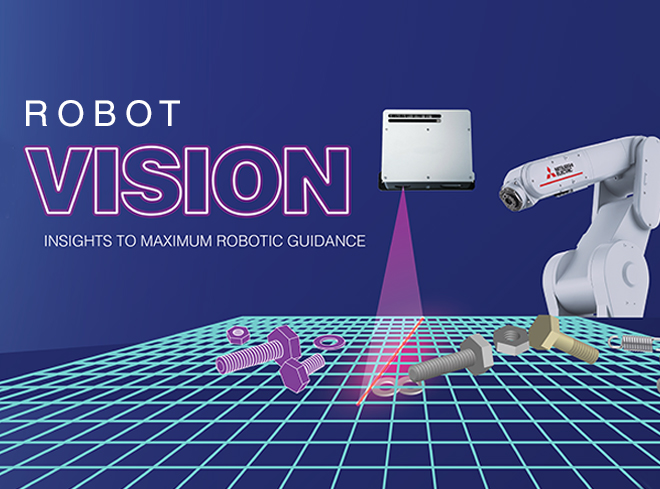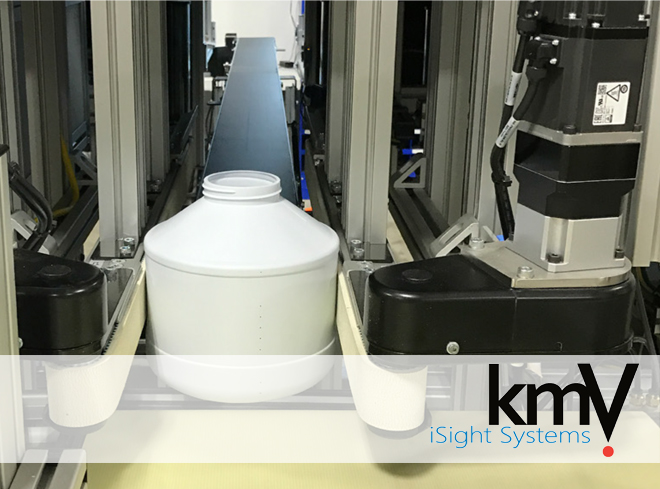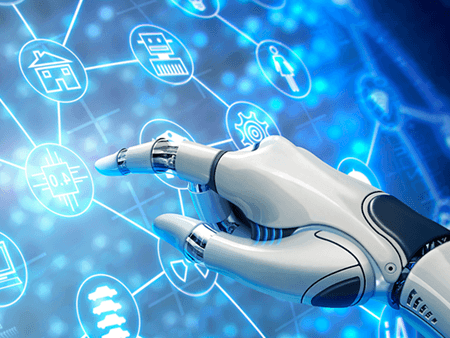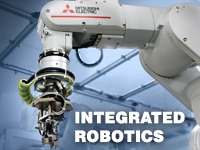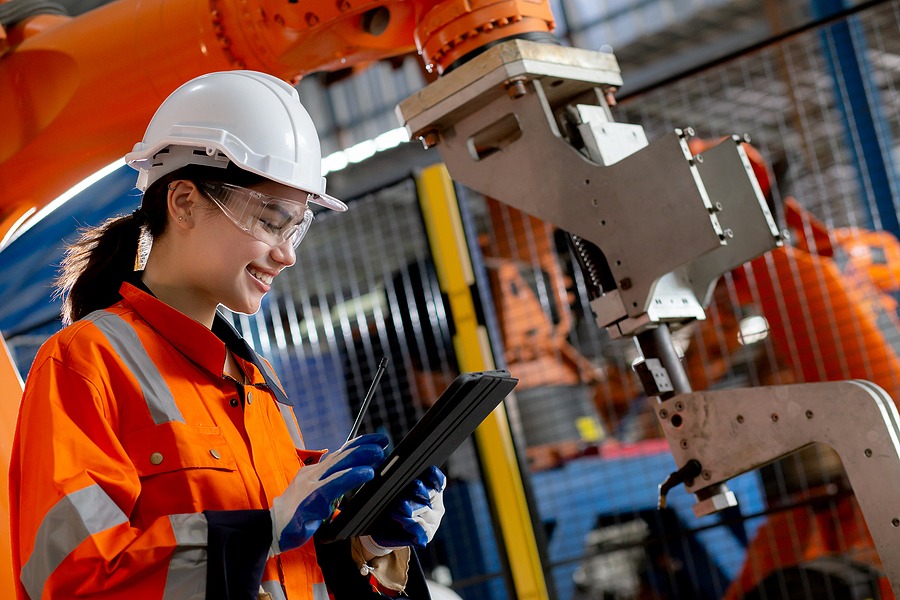
What are the five best uses for robots in factories? Learn about robots in manufacturing and production industries and how they can benefit your plant.
Approximately 384,000 industrial robots were purchased by factories around the world in 2020. Why are so many companies shifting towards robotics and AI in factories? What are their best uses? They’re commonly used for:
- Cutting Glass and Metal Parts and Components
- Assembling
- Arc and Spot Welding
- Painting
- Materials Handling and Inventorying
It used to be that machine settings were adjusted and readjusted by workers through careful observation and close attention to detail. Times have changed. You still need a strong workforce, but AI and robotics easily handle many of the tiresome tasks they once had to take care of. While those are the best uses, there’s so much more to that, and a lot of their usefulness depends on what your factory does.
Factory Robots Are Useful in Manufacturing and Production Industries
Robotics and AI are changing the world of manufacturing and production in exciting ways. Take a closer look at five ways that factory robots help with your plant’s goals.
1. They Handle Predictive Maintenance
Every factory knows about maintenance, but do you know the different types of maintenance? Corrective Maintenance: With corrective maintenance, you order repairs on a machine that is starting to make unusual noises or running less efficiently than it used to. It hasn’t broken down yet, but it’s showing signs that something isn’t right. Predictive and Prescriptive Maintenance: AI sensors track a machine’s real-time performance and efficiency. If there are even small shifts from the norm, the machine is maintained to bring it back to its normal state. It predicts potential problems and addresses them before anything happens. Preventative Maintenance: Your goal is to prevent a machine breakdown, so there are some tasks you have your maintenance team do every month, each week, or after a specific number of items have been manufactured. For example, you have the machine recalibrated after it boxes 500 items. The goal is to prevent wear and tear on the machine. Reactive Maintenance and Run-to-Fail Maintenance: Maintenance is not performed until a machine breaks down. Reactive maintenance is unexpected and unplanned. Run-to-fail maintenance occurs deliberately, with management opting to wait until a machine breakdown to try to avoid maintenance costs as long as possible. With reactive and run-to-fail maintenance, you should have a source for parts or you put your business at risk as you could be unable to fill orders for weeks or months, especially if your machines are older. Routine Maintenance: When you have a car, you (hopefully) have oil changes done as recommended. That is routine maintenance. It’s basic maintenance that’s done on a regular schedule. In a factory, oiling gears and bearings is routine maintenance. Robotic factories benefit because AI can assess machines 24/7 and alert you to changes that require maintenance. You no longer have a machine breaking down, and losing weeks of production while waiting for a hard-to-find part to arrive.
2. They Make Inventorying and Material Handling Precise
A robotic factory has AI keeping track of inventory. When materials are pulled for an order, it’s instantly updated by the system. If supplies are running low, you get an alert and can get an order in well before you run out. Automated ordering can also be an option in some factories.
3. They Provide Flawless Assembling, Cutting, and Transferring
Robotic equipment doesn’t make mistakes. Whether your machine is filling bottles with exactly 12 ounces, cutting metal parts to make an appliance, or assembling furniture, it has to be precise. One error could lead to a costly recall or scrapped product. It’s not going to happen with factory robots. Humans get tired, require time off, and may misunderstand measurements. Even with the utmost care, mistakes happen, but those mistakes can get costly. Robots don’t make mistakes, get tired, or need a day off. Robots work 24/7 without stopping and maintain the same consistency, output, and production rates throughout the day and night.
4. They Track Quality Control Through Constant Testing
As robotic equipment completes its task, computers are constantly testing the quality and making sure nothing has changed. If vibrations are starting to shift a laser’s center point, robots adjust to assure the same quality. The machines constantly test quality while running to ensure quality is consistent.
5. They Complete Packaging and Shipping
Transferring a finished product to the packaging and shipping area is something robotic equipment also handles. Robotic factories can have the equipment build a box, fill it properly, add labels, and move it to trucks for shipping. The equipment can do it all with speed and accuracy.
All Of Those Best Uses Benefit Your Plant
That’s what robots are used for within a factory. All of this benefits your workers, management, and stakeholders. When you incorporate robotics into your production or manufacturing line, the benefits are plentiful.
1. You Gain 365-Day, 24/7 Production Lines
Robotic machines do not need a day off, take vacations, or require paid holidays. They’re not going to become sick, injured, or too tired to work at the same speed as usual. They will work day and night, all year long without ever needing more than occasional maintenance. The only thing that may impact production is a power outage, but with solar and wind energy, you could create an alternative energy source at your plant that runs generators that keeps your factory running.
2. Cost Reductions Boost Your Revenues
While the initial cost of robotic machinery may be higher, they help you save money. A robotic factory doesn’t need the lighting turned on or the heat cranked up. You can turn off all the lights at the end of the day, lower the heat, and leave. It’s not going to impact your factory’s output. Robots also do not make errors during production runs. Quality is maintained throughout, so you don’t risk losing money to scrap or recalls. You don’t have to worry about a machine breaking down unexpectedly thanks to predictive maintenance. All of this means higher revenues.
3. Safety Is Improved and Lowers the Risk of Costly Injuries
Have you had employees become injured while moving a heavy piece of equipment? Or, the employee got a burn on hot equipment, received a head injury, or slipped and fell. OSHA reports that out of every 100 factory workers, 2.7 are injured each day and 13 per day are killed on the job. Robots work safely and lower the number of workplace injuries.
4. You Beat Out the Competition
A factory equipped with automated, robotic equipment has higher production rates and better quality. This gives you an edge against your competition. If you can do more while offering consistent quality at competitive prices, you will draw clientele and have plenty of work. You may find yourself with more work than you can handle, at which point you can grow or partner with another company to help out.
5. Workers Are Able to Advance to More Advantageous Positions
A robotic factory doesn’t mean you have to lay off your workers. If you have reliable workers, you can help them learn more skills and advance to areas where you most need them. You’ll need workers to monitor computers and know how to work with factory robots to create a fluid workplace. The more that technology improves and expands, the more robots can do for your factory. Be the company that’s always at the top of the next wave of advancement. Mitsubishi Electric is your partner in having a factory that runs year-round with the quality and speed that your clientele demands and the safety that your devoted employees deserve. Reach out to the sales team at Mitsubishi Electric to discuss factory automation. Our professionals will go over the different options for factory automation and AI to ensure your plant exceeds expectations.
Work with Us and Succeed
We love our customers and the challenges they bring to us. We also like to let our customers shine by discussing how we worked together to solve their biggest challenges. If you have a challenge that needs to be solved and would like to be our next BIG success story, reach out to us and let’s connect!

